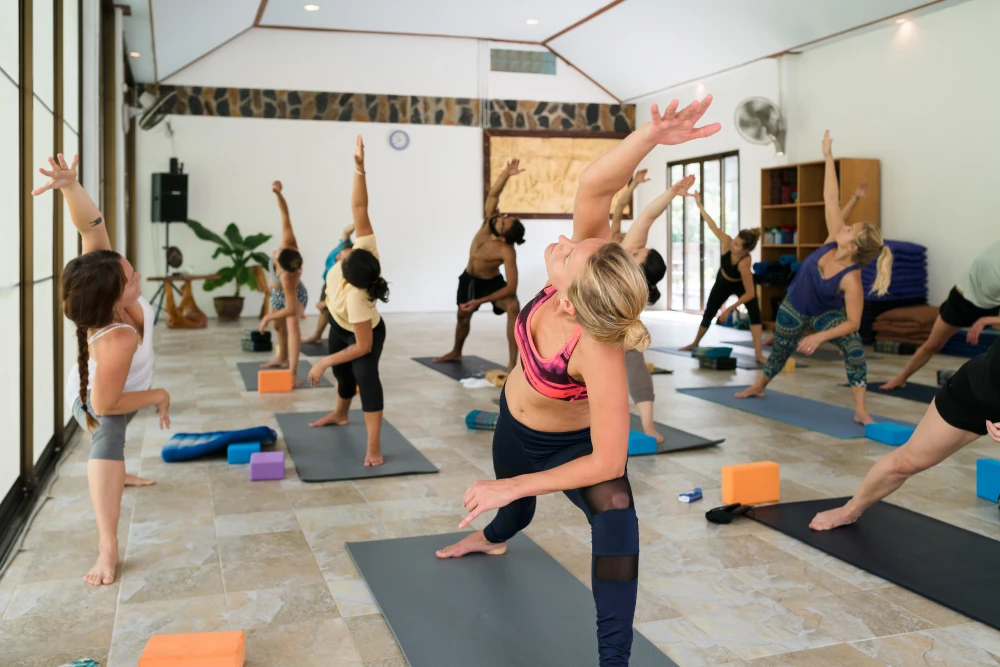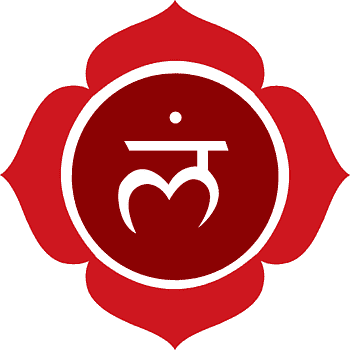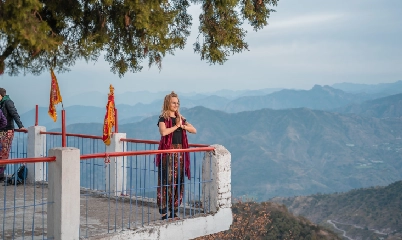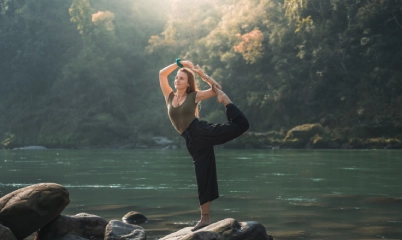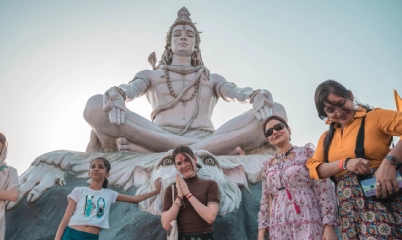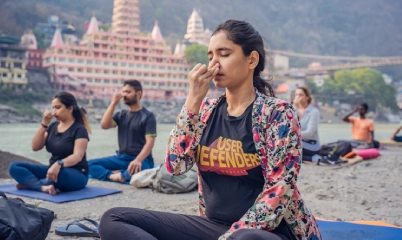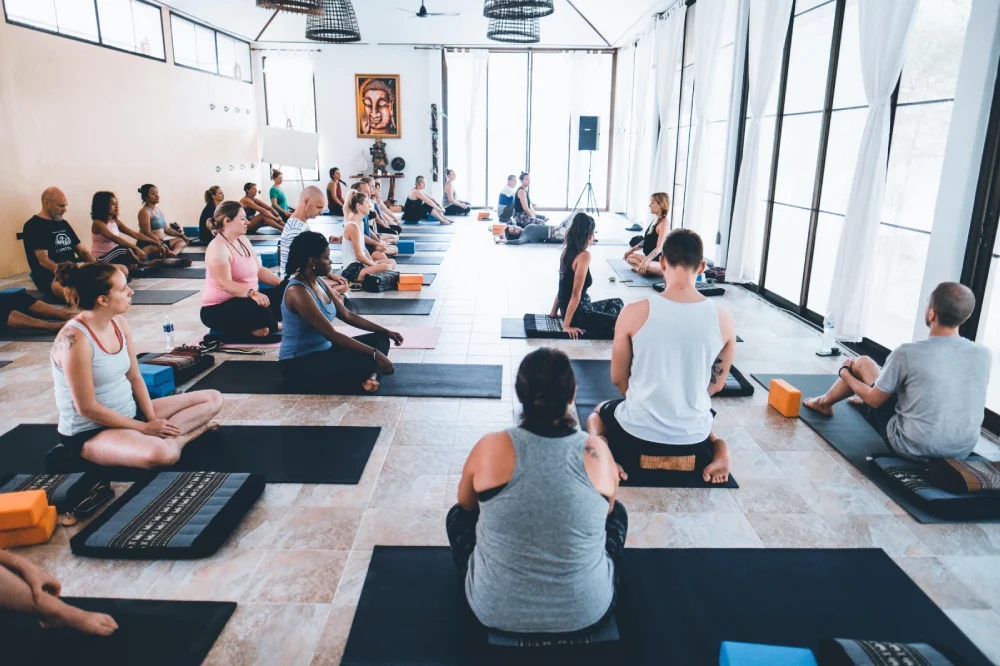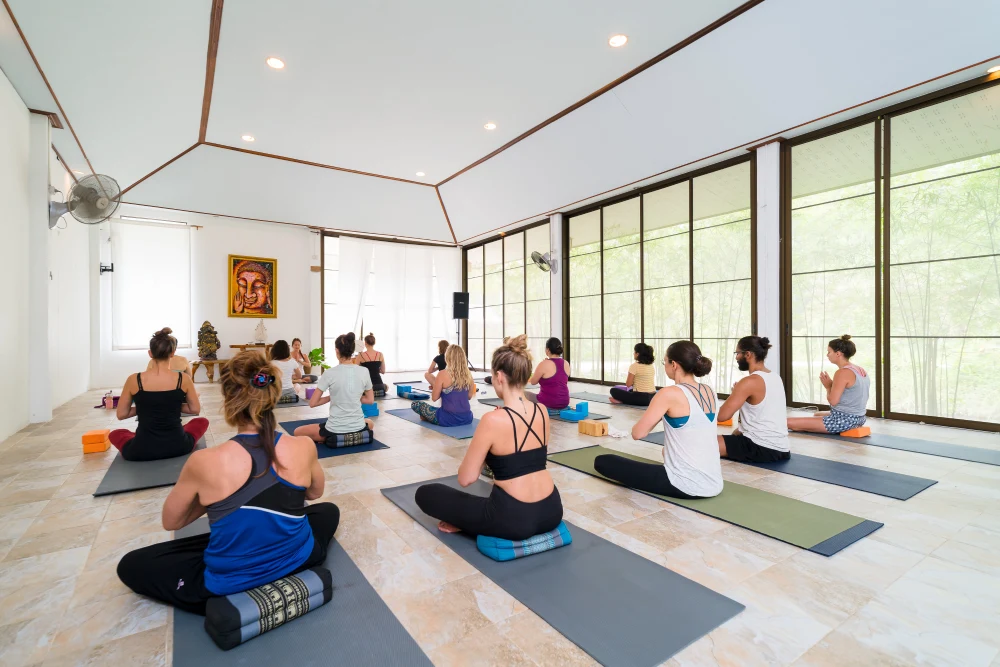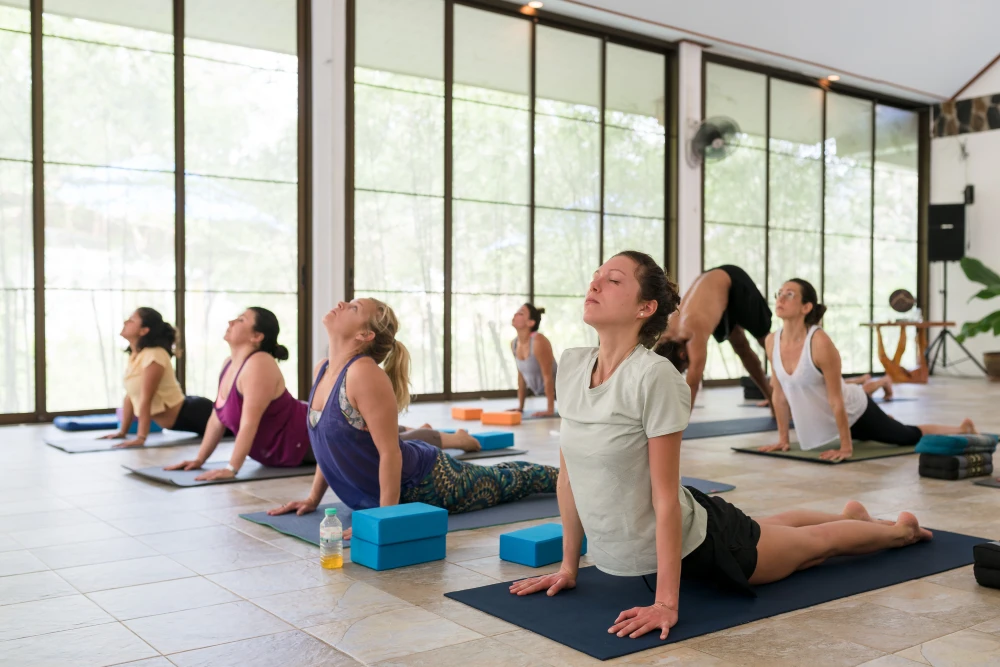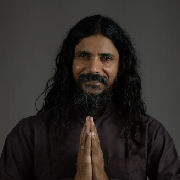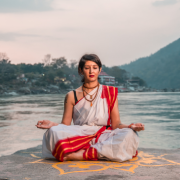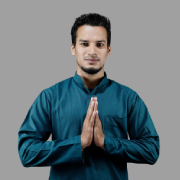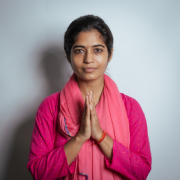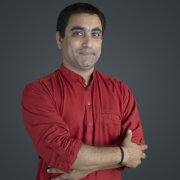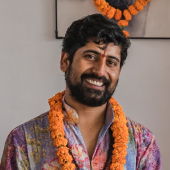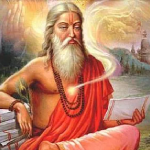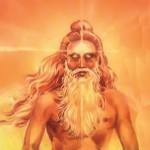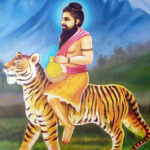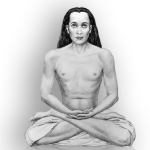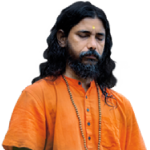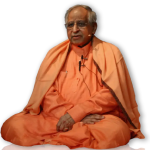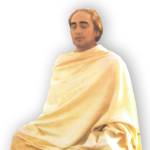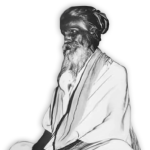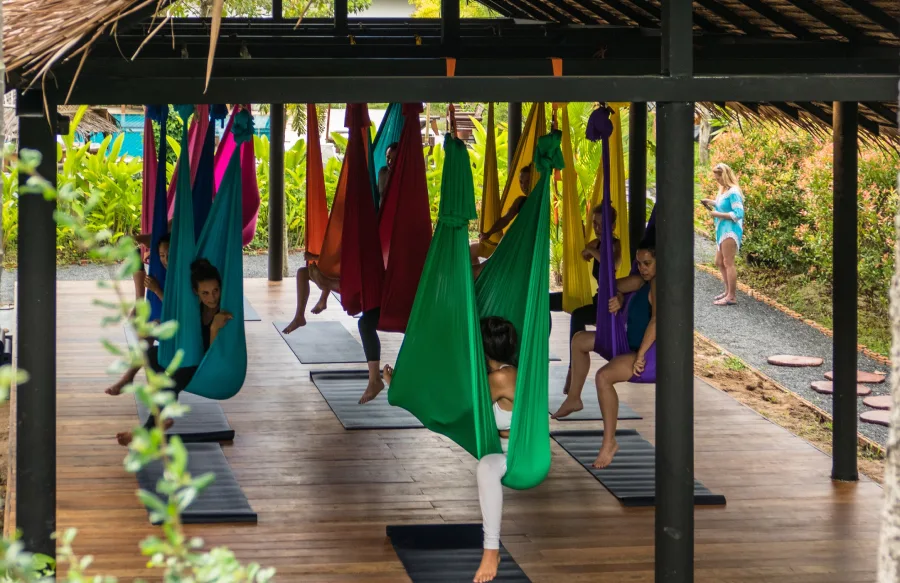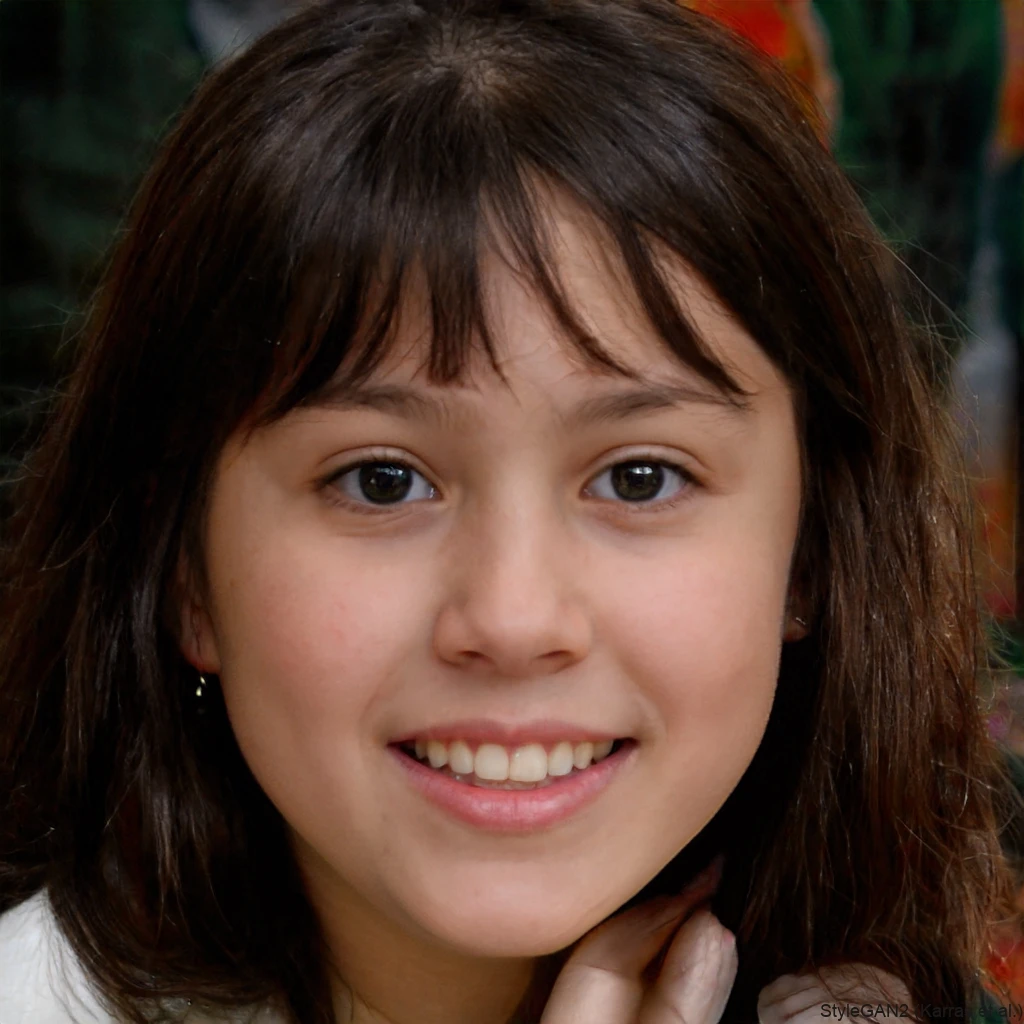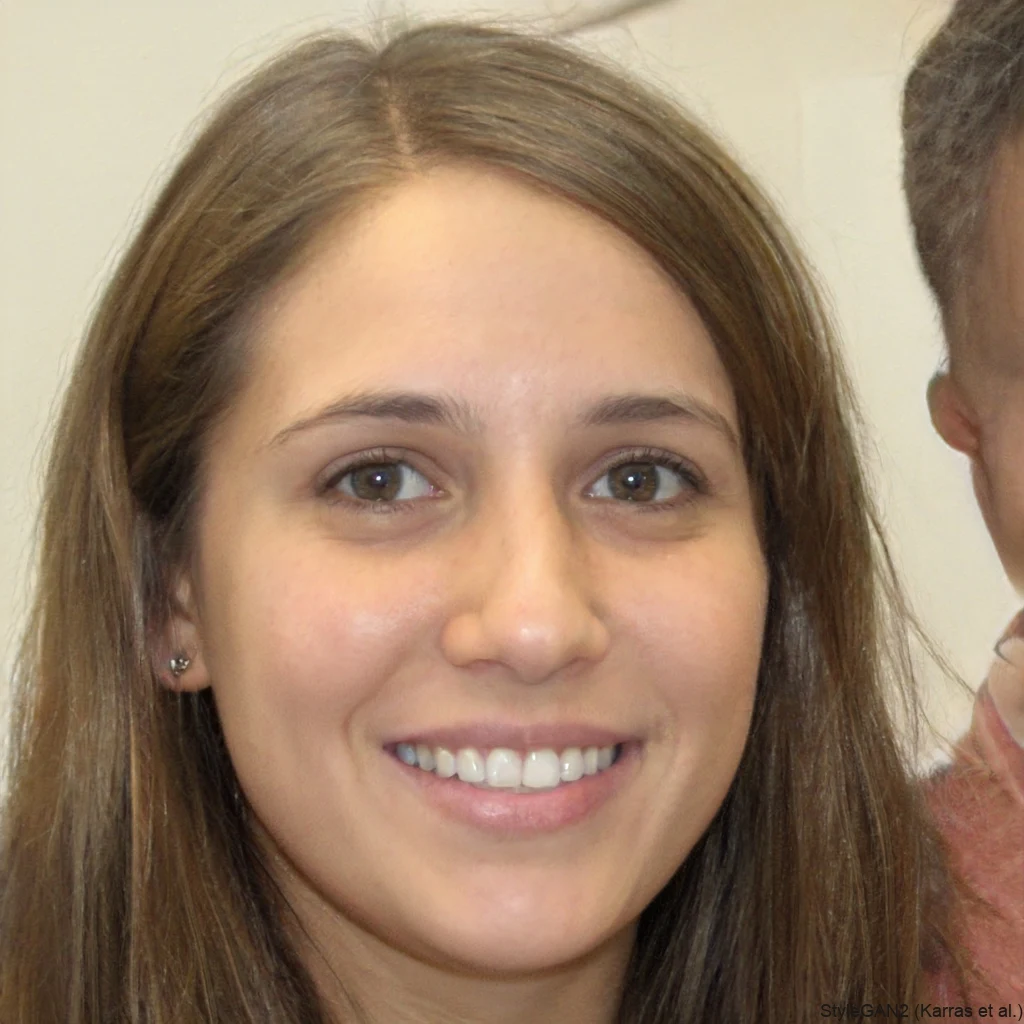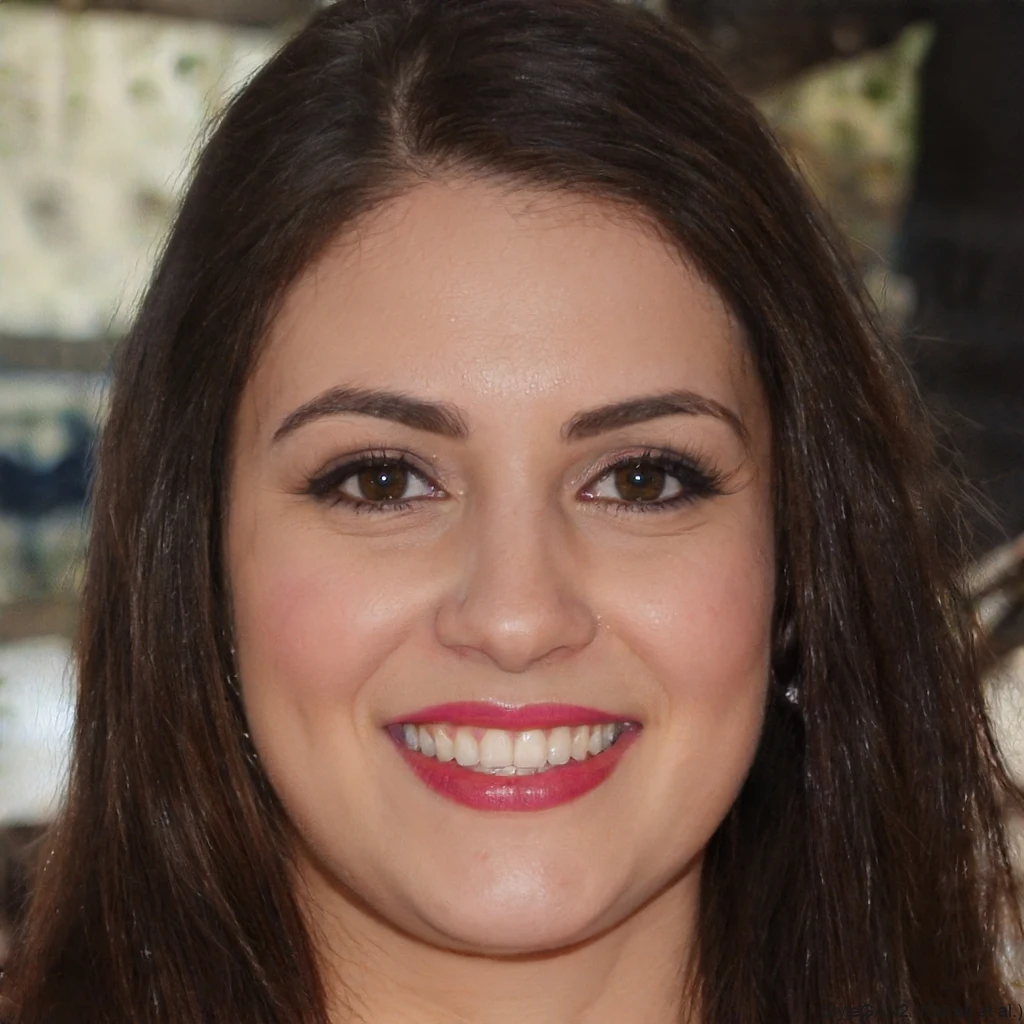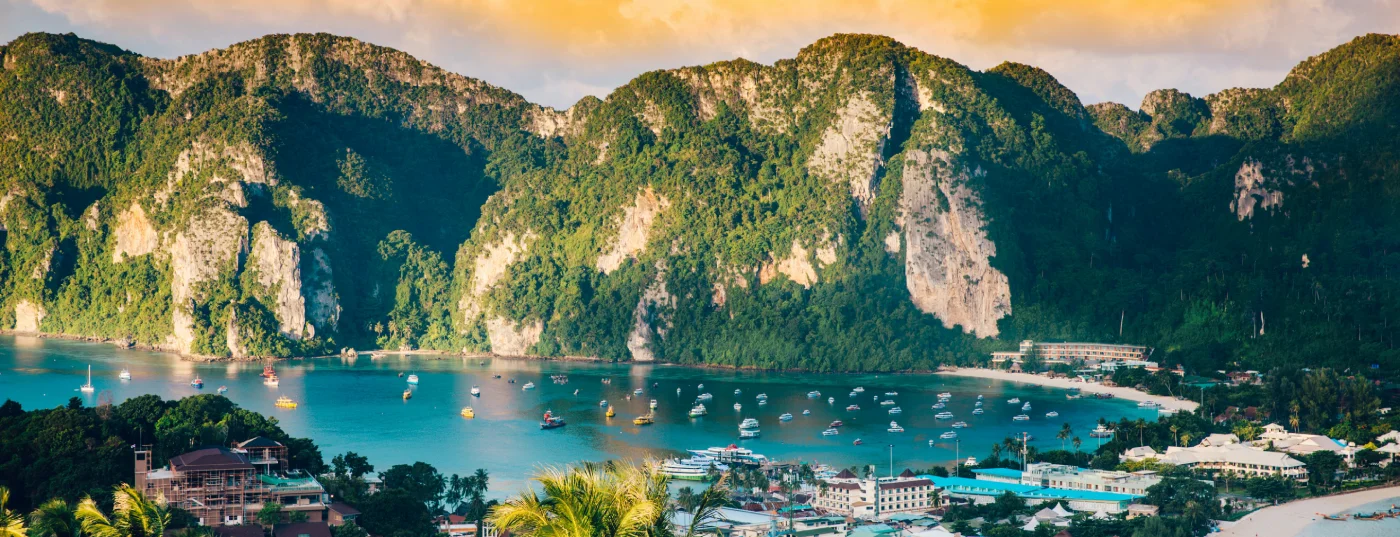Thailand offers a perfect environment to embark on a yoga journey with harmony and peace. Self-discover yourself through yoga culture and Thai nature in the land of smiles. Enjoy the serenity of Thailand with like-minded yoga practitioners. Discover natural wide views, picturesque hiking trails, and beautiful beaches. Meditate on beaches, near waterfalls, in lush jungles, and explore islands. Immerse in spiritual practices, listen to soulful mantras and practice meditation techniques in Thailand.
The surroundings of Thailand access the deepest corners of your soul, body, and mind. We are located in the heart of Thailand. It is a very peaceful place near beaches, waterfalls, temples, and cafes, and within walking distance from the market. Learn yoga in the tropical paradise under the expert guidance of skilled teachers. Thailand offers such a spiritual and tropical environment that is full of greenery. Learn Kundalini yoga in its authentic way and become a certified yoga teacher.
Thailand is a wonderful destination for yoga and overall well-being. Thailand yoga is always a life-changing and unforgettable experience. It provides a beautiful setting for yoga. There are lots of beaches and verdant hilltops nearby for yoga and other wellness pursuits. Achieve your yoga objectives in total calm. This is a place where holistic spirituality, self-compassion, healthful practices, and universal thoughtfulness come together. To live a holistic lifestyle, surround yourself with friendly locals, stunning temples, and uplifting energy. Savor ayurvedic massages, spas, steam caves, yoga classes, and retreats.
Thailand's distinct culture, which combines Buddhist ideas with Chinese customs and Indian influences, attracts many tourists. The place instills in you a spirit of kindness and freedom in life. Taking a yoga teacher training course in Thailand is an ideal way to experience new things and deepen your relationship with the natural world. The greatest place to practice yoga, which benefits your body, mind, and soul, is Thailand. Enroll in this amazing yoga journey for your personal spiritual development.


